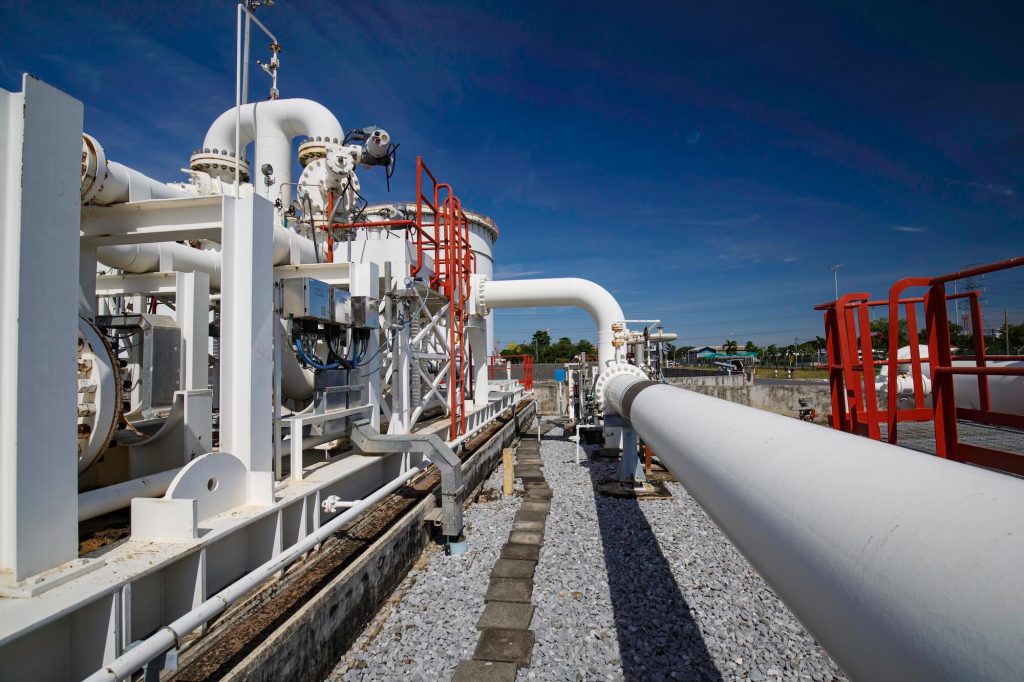Pipe inspections are a critical part of maintaining the safety, efficiency, and longevity of pipelines across industries such as oil and gas, water treatment, and manufacturing. With pipelines often transporting valuable resources or hazardous materials, regular inspections are essential to identify defects, prevent failures, and ensure regulatory compliance. Over the years, various pipe inspection techniques have been developed, each offering unique benefits depending on the application.
This guide explores the most popular pipe inspection techniques, their applications, and how they contribute to the overall health of pipeline systems.

Why Are Pipe Inspections Important?
Pipelines are exposed to a range of internal and external stressors, including corrosion, pressure fluctuations, and environmental conditions. Over time, these factors can cause damage that, if left unchecked, may lead to leaks, ruptures, or environmental hazards. Pipe inspections help detect these issues early, minimising repair costs, reducing downtime, and improving safety.
Most Popular Pipe Inspection Techniques
There are several widely used techniques for inspecting pipelines, each designed to identify specific types of defects. Below are some of the most effective methods:
Visual Inspection
What It Is: The most straightforward method of pipe inspection involves visually examining the interior and exterior surfaces of the pipe for defects such as cracks, corrosion, or weld issues.
How It Works: Using tools such as borescopes, robotic cameras, or drones, inspectors gain access to hard-to-reach areas within the pipeline.
Applications: Ideal for initial assessments and routine maintenance checks in all types of pipelines.
Advantages: Cost-effective, quick, and provides immediate results.
Limitations: Limited to surface-level issues and cannot detect deeper flaws or internal defects.
Ultrasonic Testing (UT)
What It Is: Ultrasonic Testing uses high-frequency sound waves to detect flaws within the pipe material.
How It Works: A transducer emits sound waves into the pipe. When the waves encounter a defect, they reflect back, and the data is analysed to identify the size and location of the flaw.
Applications: Commonly used for measuring wall thickness, detecting corrosion, and identifying cracks.
Advantages: Highly accurate, capable of detecting both surface and subsurface defects.
Limitations: Requires a clean surface for effective results and is less effective on complex geometries.
Radiographic Testing (RT)
What It Is: Radiographic Testing involves the use of X-rays or gamma rays to create images of the pipe’s internal structure.
How It Works: Radiation passes through the pipe, and any changes in material density, caused by cracks, voids, or inclusions, are captured on a film or digital sensor.
Applications: Used for inspecting welds, identifying internal defects, and verifying the integrity of high-pressure pipelines.
Advantages: Provides a clear, detailed image of internal defects.
Limitations: Requires specialised equipment and safety precautions due to radiation exposure.
Magnetic Flux Leakage (MFL)
What It Is: MFL is a non-destructive method used to detect corrosion and pitting in ferromagnetic pipelines.
How It Works: A magnetic field is applied to the pipe. Any defects disrupt the field, creating a leakage field that sensors detect.
Applications: Widely used in pipeline inspections to detect metal loss and wall thinning.
Advantages: Efficient for inspecting long pipelines and provides accurate measurements of metal loss.
Limitations: Limited to ferromagnetic materials and may struggle with detecting small or deep defects.
Eddy Current Testing (ECT)
What It Is: Eddy Current Testing is an electromagnetic method that identifies surface and near-surface defects in conductive materials.
How It Works: A probe induces eddy currents in the material, and disruptions caused by flaws are detected and analysed.
Applications: Effective for inspecting heat exchanger tubes, welds, and detecting cracks or corrosion.
Advantages: Non-contact method, works through coatings, and provides real-time results.
Limitations: Limited to conductive materials and shallow defects.
Hydrostatic Testing
What It Is: Hydrostatic testing involves filling the pipe with water or another liquid and pressurising it to check for leaks and assess its strength.
How It Works: The pipe is sealed, filled with liquid, and pressurised. Inspectors monitor for pressure drops or visible leaks.
Applications: Commonly used in new pipeline installations or after significant repairs.
Advantages: Simple and reliable for leak detection and pressure testing.
Limitations: Time-consuming, cannot detect microscopic defects, and requires pipeline downtime.
Acoustic Emission Testing (AET)
What It Is: AET detects the high-frequency sound waves generated by the growth of defects in the pipe material.
How It Works: Sensors placed along the pipeline monitor for sound emissions caused by crack growth, corrosion, or other stress-related issues.
Applications: Ideal for real-time monitoring of high-pressure pipelines and storage tanks.
Advantages: Provides early detection of active defects, enabling preventive maintenance.
Limitations: Requires skilled interpretation and may not locate inactive defects.
Dye Penetrant Testing (DPT)
What It Is: Dye Penetrant Testing is a simple, surface-level inspection method for detecting cracks and other surface defects.
How It Works: A dye is applied to the pipe surface. After some time, excess dye is removed, and a developer is applied to make the flaws visible.
Applications: Commonly used for inspecting welds and detecting surface cracks.
Advantages: Low cost and easy to implement.
Limitations: Limited to surface-level defects and requires cleaning of the surface.
Choosing the Right Pipe Inspection Technique
The choice of inspection method depends on factors such as the material, operating environment, type of defects, and inspection goals. For example, pipelines in high-pressure environments may require advanced techniques like in-line inspection or radiographic testing, while routine inspections may rely on visual or ultrasonic methods.
Why Choose Bravura Inspection for Pipeline Inspections?
Bravura Inspection specialises in providing comprehensive pipeline inspection services tailored to your specific needs. Our team of certified experts uses state-of-the-art equipment and a range of advanced Non Destructive Testing techniques to ensure the integrity of your pipelines. With a commitment to safety, precision, and reliability, we deliver accurate results that help minimise risks and extend the lifespan of your assets.
Contact Us for Expert Pipeline Inspection Services
If you’re looking for reliable and professional pipeline inspection services, Bravura Inspections is here to help. Contact us today on 01745 294367 or email [email protected] to discuss your requirements and learn more about how we can support your business.

